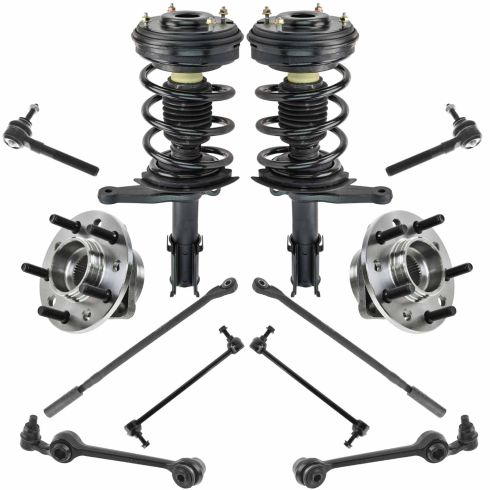1ASFK05008-Dodge Chrysler Front 12 Piece Steering, Suspension, & Drivetrain Kit TRQ PSA59939

Replaces
2003 Dodge Intrepid Front 12 Piece Steering, Suspension, & Drivetrain Kit TRQ PSA59939

Product Reviews
Loading reviews
There are no reviews for this item.
Customer Q&A
do each of these fittings come with zerks?
April 9, 2024
10
Our suspension components do not come with zerk fittings and are pre greased.
April 9, 2024
Nick R
Dodge is a registered trademark of FCA US LLC. 1A Auto is not affiliated with or sponsored by Dodge or FCA US LLC.
See all trademarks.
















